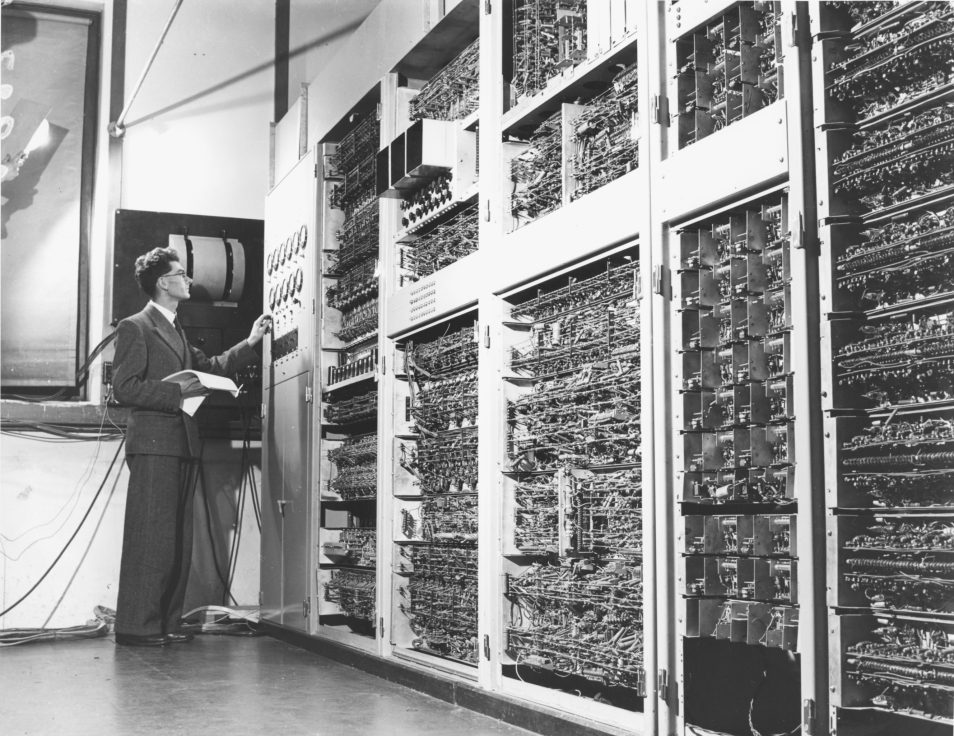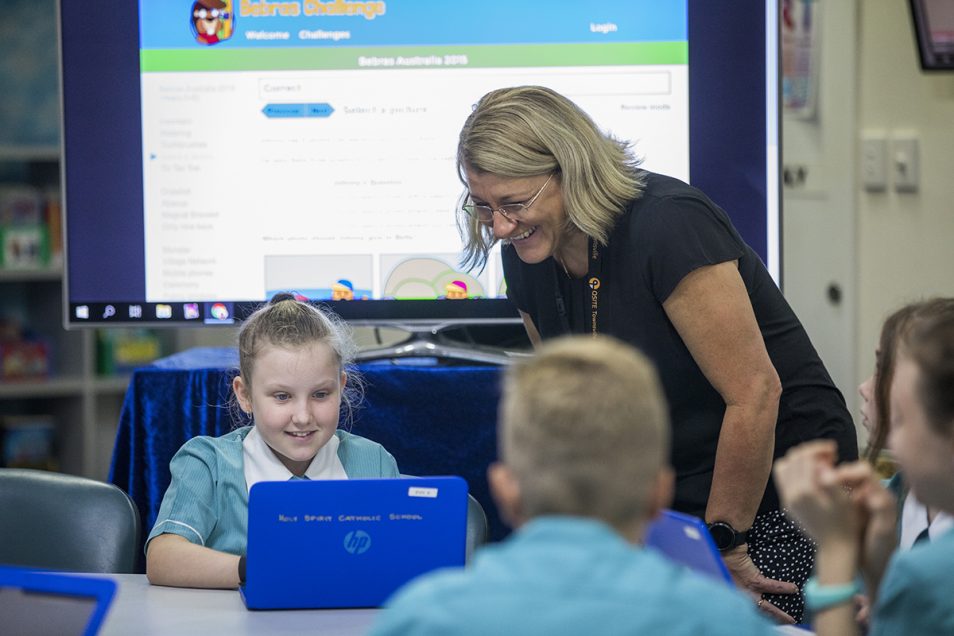
This is Australia’s first digital computer, CSIRAC. People working in engineering and tech are reshaping the way we think, work and play. From robotics to 3D modelling, computational thinking skills can be used to solve big challenges and help change the world.
Every day we interact with digital technologies — from posting pics on our social media accounts, to finding the best lamb ragu recipe online, and managing our bank accounts over the internet. Even starting the car relies on a computer program.
The digital applications that allow us to do these marvellous things have been developed using computational thinking — it’s a problem solving technique used to work out complex tasks in an analytical way. Computational thinking involves breaking problems down into parts, identifying patterns and finding solutions using a series of ordered steps, otherwise known as algorithms, just like a machine or computer would do. These skills can be applied to almost any type of problem! In the digital space, this could include developing a helpful app for a mobile device.
But computational thinking is not just used to create computer applications; it’s also used to solve problems across disciplines like maths, science, engineering and humanities. And it’s fast becoming a necessary skill for future careers.
So what are the top five things you need to know about computational thinking?
1. Computational thinking is an essential skill for the future
Jobs in all industries require computational thinking skills. In fact, Industry uses the principles of computational thinking to solve most of its challenges. As the world becomes increasingly digital, the demand for computational thinking will only increase. For this reason, it’s important that we foster computational thinking skills in Australia’s students and future science, technology, engineering and maths (STEM) professionals, so that they’re well prepared for the jobs of the future.
2. Computational thinking creates better problem solvers
When you’re faced with a complex problem, most people agree that it’s best to break the issue down into small parts and solve each part in an analytical way. You eat a (hypothetical!) elephant carefully – one planned bite at a time. Because computational thinking can be applied to so many tricky tasks, learning this skill creates better problem solvers.
3. Computational thinking is made up of six different skills
- Decomposition
- Pattern recognition
- Abstraction
- Modelling and simulation
- Algorithms, and
- Evaluation
4. Computational thinking leads to students being creators, rather than only consumers, of technology
Thanks to the Information and Telecommunications age, the way we learn and consume knowledge has been totally transformed. Digital technologies and social media have revolutionised student learning. Now, we don’t just passively consume content, we can also collaborate with others to create our own technology. In much the same way, computational thinking skills change students’ interactions with technology — they can be designers, creators and consumers.
5. Computational thinking is easy to teach and fun to learn
Foundational programs that encourage and excite students to undertake further STEM learning and pursue a STEM career have never been more important. The Bebras Australia Computational Thinking Challenge is a free online challenge for students in years three to 12. Bebras is designed to improve computational thinking skills and prepare students for the jobs of the future. It starts this Monday 4 March, and it’s not too late for your school to sign up! Check out Bebras now.
The Bebras Computational Thinking Challenge: 4 – 15 March.

The Bebras student computational challenge runs in Australia from 4–15 March and 26 August–6 September 2019. ©Budd Photography
Do your kids or students like a challenge? The Bebras Challenge supports the Australian Digital Technologies Curriculum, and is a great way to get students interested and participating in information and communication technology (ICT), and inspired to pursue a career in the industry.
Bebras is not just in Australia. Since it started in Lithuania in 2004, it’s grown so much that there are now almost 60 countries with over 1.6 million students participating in a single year!
If you’re a teacher or parent interested in learning more about how computational thinking will give your kids the edge, don’t computationally think twice! Register for Bebras today.
And, in case you’re wondering, Bebras is the Lithuanian word for beaver. Beavers are intelligent, hardworking, and always … beavering away at something.

